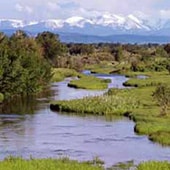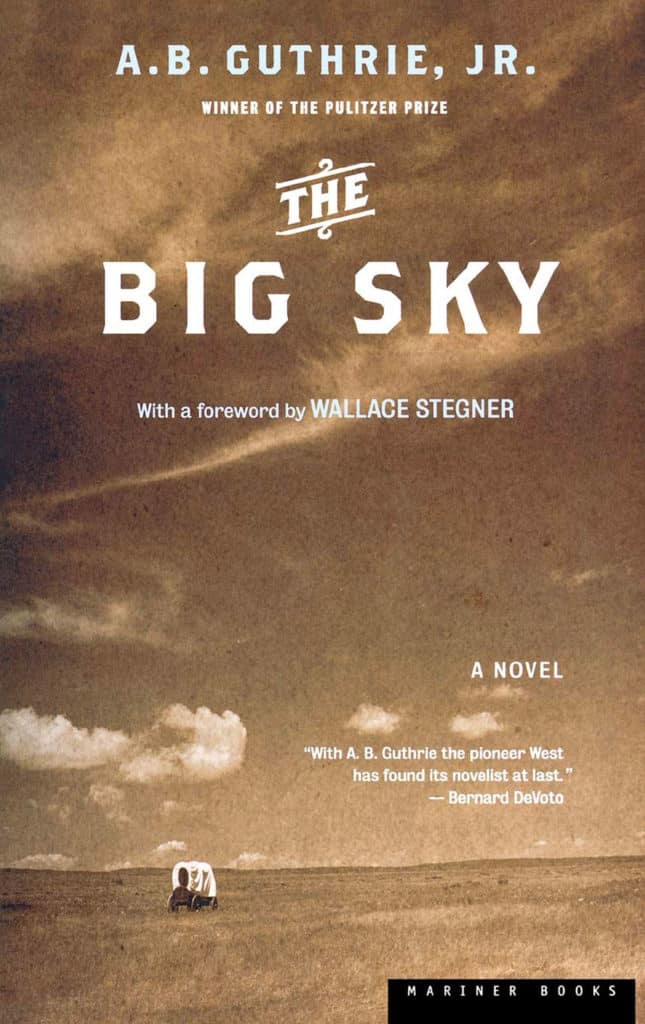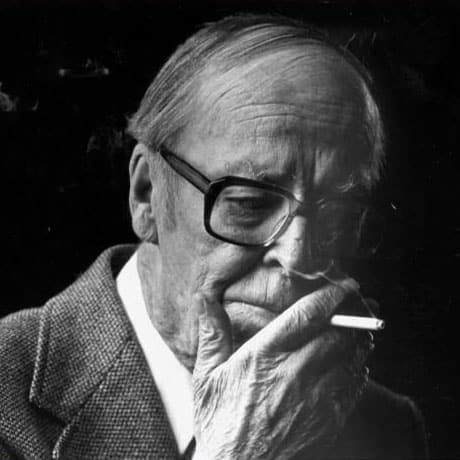The Big Sky: Three Forks
Lower down, the river slid into the mixed waters of the Madison and Jefferson, making the Missouri sure enough. Here was the heart of Blackfoot land, the Three Forks, where many a hunter had died, where even big parties didn’t like to go, knowing war parties would be after them thick and fierce as hornets; but there were no Indians about them now, only signs of them, only cold campfires and gnawed bones where villages had stood and old clumps of sod the squaws had dug to hold the lodge skins down. (235)
Guthrie, A.B., Jr. The Big Sky. Boston, Houghton Mifflin, 2002.



